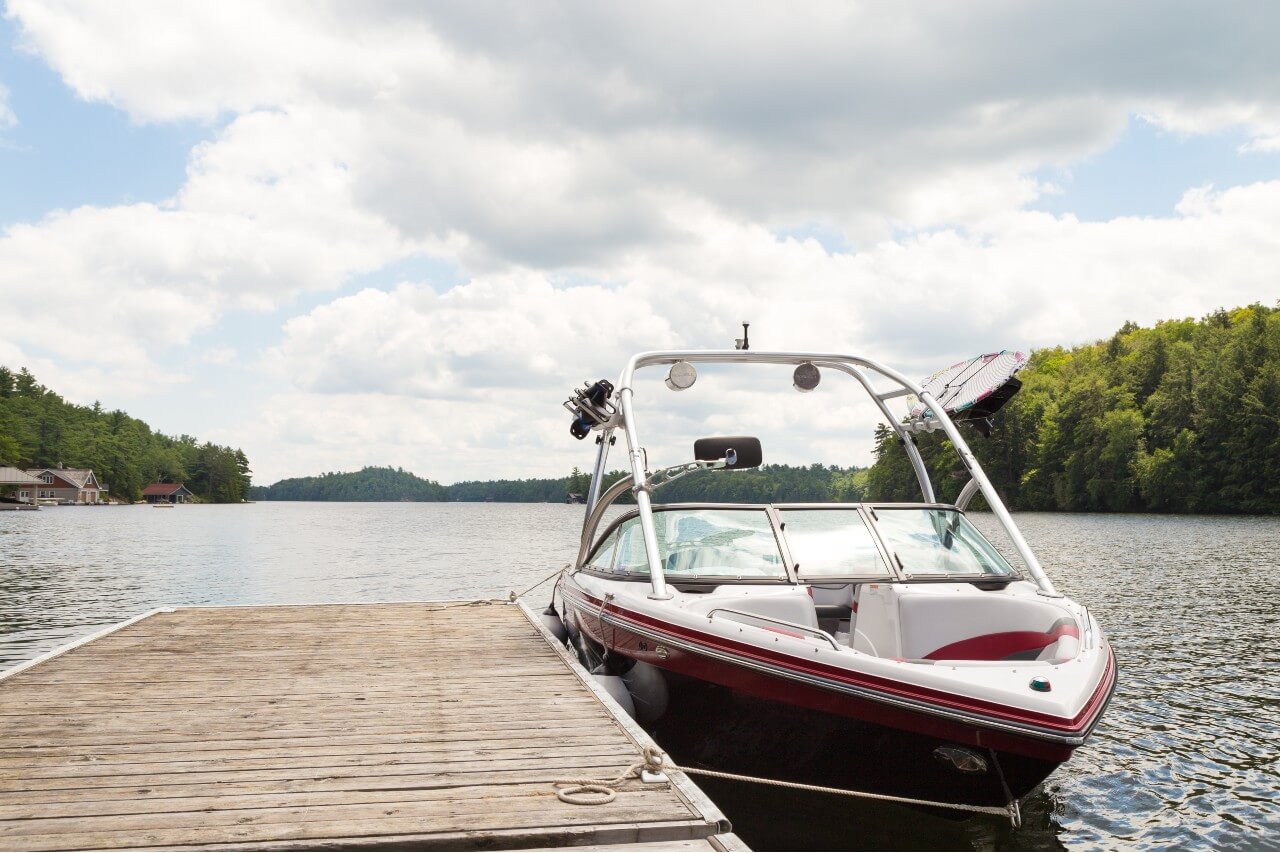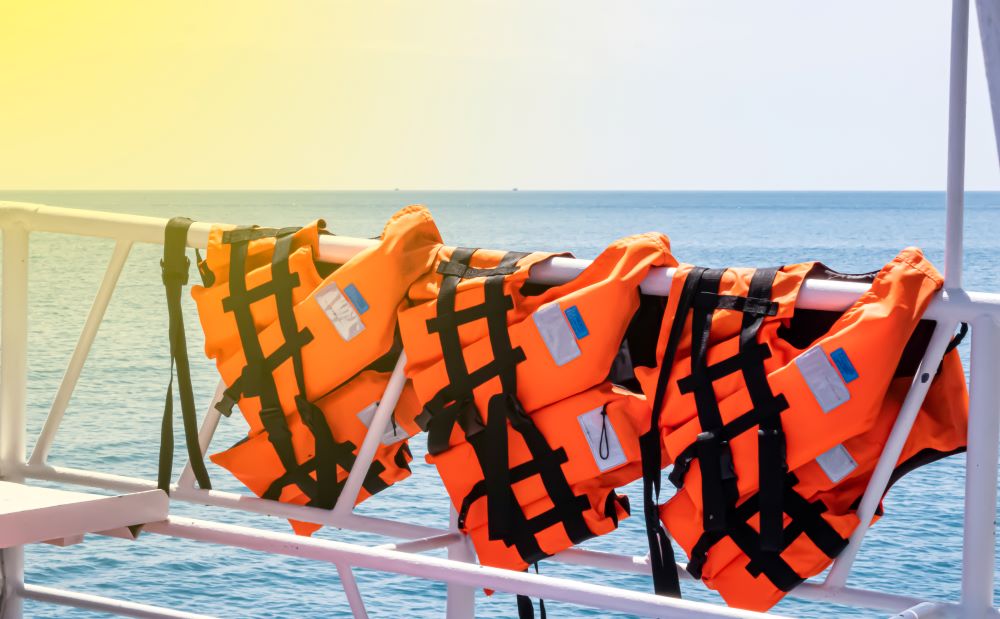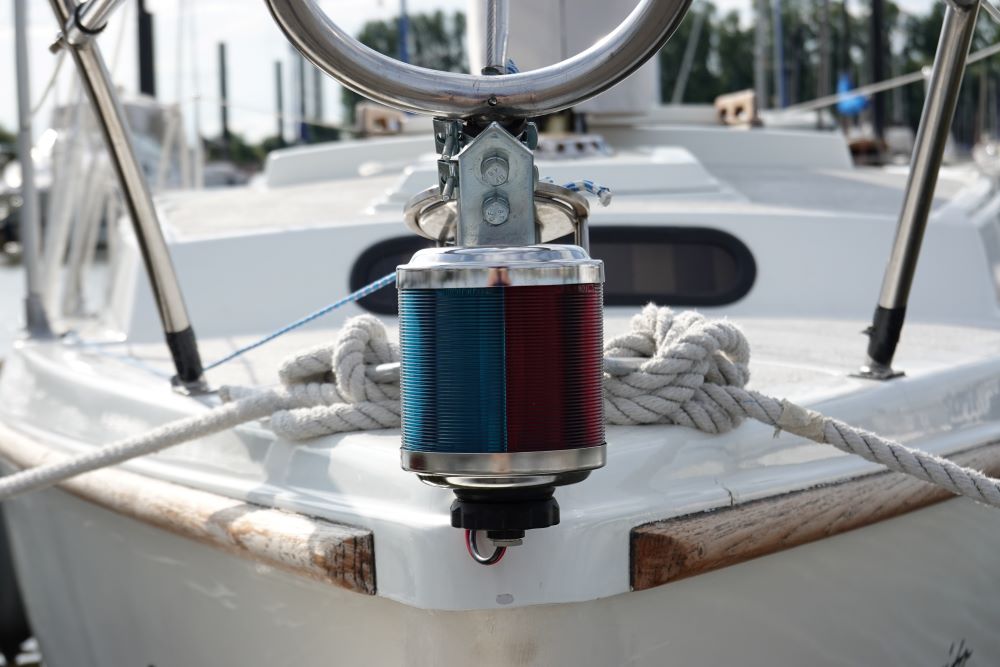Boating Safety Blog
How Old Do You Have to Be to Drive a Boat in Ontario?
April 29, 2022
In Canada, you need a license to operate a motorized boat for recreational purposes, even when the motor is not in use (e.g. while sailing). Although people of any age are allowed to obtain their boating license, the Canadian government has imposed certain restrictions on those under 16 years of age regarding the power and Read more ›
What Safety Equipment is Required on a Boat in Ontario?
Boating is a wonderful activity that provides a unique chance to enjoy the stunning aquatic landscapes Ontario and Canada have to offer. That being said, it can prove dangerous in some situations. The Canadian government has put regulations in place to ensure that pleasure craft operators and their passengers remain as safe as possible on Read more ›
How to Get a Boat License in Ontario
Are you itching to take a motorboat or jet ski out on Ontario’s beautiful waters, but not sure what the legal requirements are? You’ve come to the right place! As of 2009, all operators of motorized pleasure craft in Canada are required to have an official license. But how exactly do you get a license? Read more ›
How to choose a life jacket
March 28, 2022
In Canada, personal flotation devices (PFDs) are mandatory on all marine vessels, whether motorized or not. If you want to go out on the water, you must wear a government-approved life jacket with a label showing this. You can also buy PFDs made abroad, but they must meet Canadian boating safety standards. Before purchasing a Read more ›
Cold Shock: Causes, Symptoms, Treatment and Prevention
March 19, 2022
Boating in Canada often takes place in very cold water. A maneuvering error, a collision or rough weather can easily cause you to fall overboard. When this occurs, there is a high risk of cold water shock. In this article, the National Boating Safety School explains the causes and symptoms of cold shock, how to Read more ›
Nautical Knots and Their Uses in Boating
February 20, 2022
It’s important to learn the basics of boating before setting out on the water. Knowing about the different types of nautical knots and how to use them will be helpful both during regular boating excursions and in the event of an emergency. While the law doesn’t require the use of sailing knots on a boat, Read more ›
The Main Parts of a Boat
February 9, 2022
Nautical terminology plays a significant role in understanding what’s going on aboard a boat. In this article, the experts at the National Boating Safety School present the main parts of a boat and associated boating vocabulary to help familiarize you with the way things are done at sea! The main sections of a boat Do Read more ›
How to Choose an Electric Boat Motor
January 12, 2022
Electric boat motors are becoming increasingly popular options for pleasure crafts due to their many advantages. However, there are many varieties within that category to choose from, so the selection process is far from simple! In this article, we present 4 tips to help you choose the best electric boat motor for your needs. The Read more ›
Port and Starboard: What They Mean and How to Remember
December 26, 2021
If you’re interested in boating, you’ve probably heard the terms port and starboard before. Wondering what these words mean? You’ve come to the right place. In this article, the boating safety experts at the NBSS break down the meaning and origins of the terms, explain why they are so important, and provide a few tricks Read more ›
Recognizing Marine Buoys and Markers in Canada
December 12, 2021
Buoys and markers are floating devices that are used to guide boats on the water and provide important navigational information. Also called floating aids to navigation, they come in many colours and patterns, each of which have their own meaning. Since buoys help ensure the safety of vessels at sea, in shipping lanes and near Read more ›











